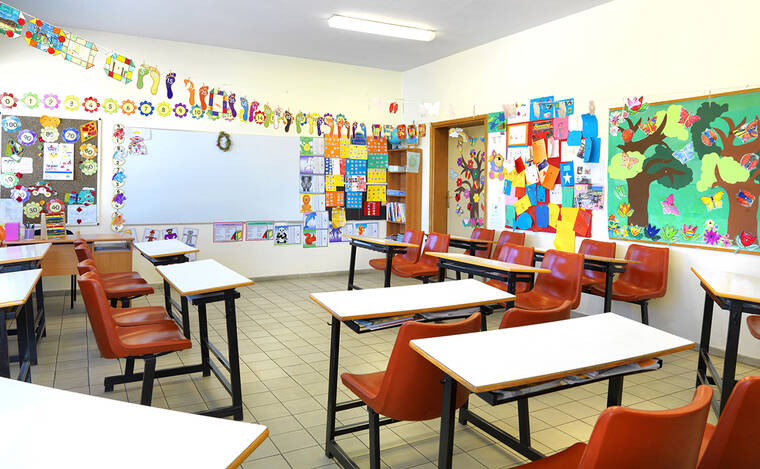Propping up failing schools doesn’t help students
Four years since the COVID pandemic began, many US school districts are hurtling toward a fiscal crisis. An exodus of students and the pending expiration of federal relief money is forcing officials to weigh the need to close schools. Although that’s certain to cause some disruption, propping up failing schools will only worsen America’s learning-loss crisis.
Overall public-school enrollment is down 2% since 2019, but that figure understates the scale of departures in large population centers. Enrollment declines are more than double the national average in California, the country’s largest public-school system, and New York state, the fourth-biggest. About 12% of elementary schools have seen enrollment drop by 20% or more in the past four years. Big cities have suffered the most: In Los Angeles, New York City, Philadelphia and Seattle, more than 20% of schools have lost at least one-fifth of their students.
Given that school-funding formulas are typically tied to enrollment, you’d expect that districts would have already faced pressure to tighten their belts. Yet most have managed to avoid that reckoning, thanks to the $191 billion in federal relief funds that schools have received since 2020. Congress stipulated that districts make spending commitments by September 2024, a deadline that districts — after a slow start — appear likely to meet.
The problem is that much of the windfall has gone toward adding new staff and giving permanent raises to teachers and administrators, with only a fraction targeting student learning loss, through interventions such as tutoring, longer school days and summer instruction. Predictably, these soaring personnel costs have saddled districts with expenses they’ll no longer be able to afford once federal aid is used up.
In areas that have experienced big drops in enrollment, officials are now confronting the need for deep budget cuts, including closing some schools altogether. In cities like Denver, Oakland and Seattle, downsizing proposals have met heavy resistance from teachers unions and concerned parents.
For district leaders, the overriding priority should be boosting academic performance. Continuing to subsidize failing, half-empty schools penalizes the students stuck in them, who are more likely to be surrounded by disruptive peers. It also siphons away money that would be better spent on tutoring, tackling absenteeism and summer school, while preventing good schools from adding instructors and extracurricular programs. Research shows that when districts close troubled schools and move their students to better ones, the students see sizable gains and local crime rates fall.
Districts should target under-enrolled schools that have shown the worst declines in student achievement. Displaced students should be given preference for available spots in the most successful nearby schools, not just those with excess capacity.
Schools that take in new students should be given funds to hire additional teachers, while parents should receive guidance on how to apply to specialized and selective district schools. Federal and state policymakers should also make it easier to establish new public charter schools, which could move into unused school buildings and provide families with higher-quality local options.
Despite some recent signs of recovery, America’s students are still struggling to make up lost ground. Failing to make hard choices will only prolong the pain.


